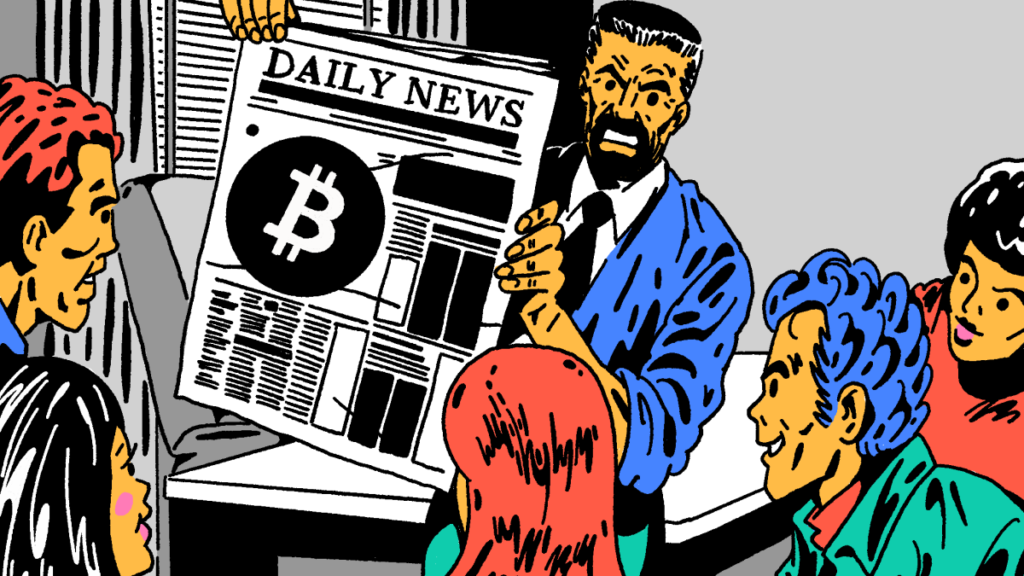Each year, Bitcoin continues to grow in stature.
To protect their position, banking institutions have resorted to the classic tool of warfare: propaganda.
From the onset, Big Finance must have realized Bitcoin could potentially disrupt the banking system.
But as cryptocurrency adoption grew, especially among institutional investors, panic spread in the banking system.
In 2014, Jamie Dimon, billionaire President and CEO of JPMorgan Chase, America’s largest bank, declared Bitcoin “a terrible store of value” at the World Economic Forum in Davos, Switzerland.
Not satisfied, the JPMorgan Chase supremo launched his biggest attack on Bitcoin yet at the 2015 Barclays Global Financial Services Conference.
In its 2021 Financial Stability Review, the apex banker compared surges in bitcoin’s price to the infamous South Sea Bubble.
For example, the World Bank refused to support El Salvador’s plan to adopt bitcoin as legal tender, adducing “environmental and transparency shortcomings” of the cryptocurrency.
Of course, there are many, many more instances of old-money institutions sowing doubt and spreading misinformation about Bitcoin.
Banks see the potential of blockchain technology to revolutionize payments and want to co-opt the technology for their benefit.
Central banks have also touted blockchain’s capability to power central bank digital currencies — cryptocurrencies issued and backed by governments.
The Bank for International Settlement ripped into cryptos in a June 2021 report, describing them as speculative assets used to facilitate money laundering, ransomware attacks and other financial crimes.
With central banks controlling every inflow and outflow of money, it’d be all-too-easy to conduct financial surveillance, implement unpopular monetary policies and conduct financial discrimination.
Satoshi’s greatest contribution was a novel combination of economic incentives, game theory and applied cryptography necessary for keeping the system secure and useful in the absence of a centralized entity.
All the while, the bank loans out the money sitting in the account, while giving users only a fraction of the earned interest.
With cryptocurrencies, there are no institutions helping users to store, manage or use their money.
Bitcoin makes it possible to transfer money to anyone, instantly, irrespective of the amount involved or the recipient’s location.
Except for miner fees, people are not paying anyone else to process transactions on the Bitcoin blockchain.
Banks help customers arrange long-term investments in gold, bonds and other assets, to secure the value of their money.
Because anyone can easily buy bitcoin and HODL, banks can no longer make money off shilling asset management plans.
Banks have long survived by manipulating the financial system for private gains.
The intensity of the banking industry’s information war shows just how much they fear Bitcoin — as they should.
